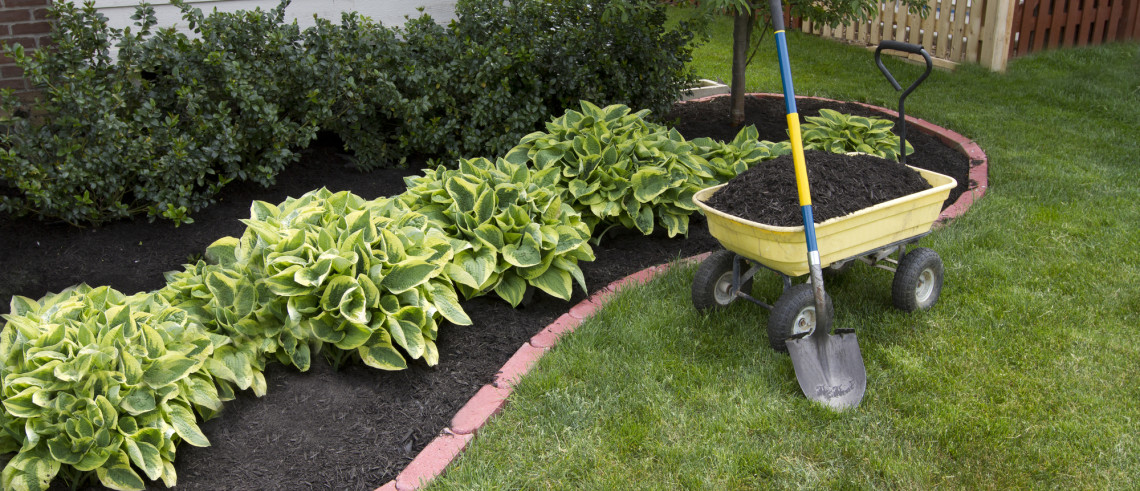
There are a number of components that need to come together to produce a great garden. For instance, you need to start with the right plants, you need to feed those plants properly, and you obviously need to water them at an appropriate rate. In addition to those basics, you’ll also want to make sure the plants have the right soil – and enough soil – to reach their potential. Not sure how much topsoil to add to your garden to make a comfortable home for various plants? The content below should get you started.
Why Topsoil?
Before we tackle the question of how much top soil you need in your garden, let’s first talk quickly about why you need to add top soil in the first place. After all, your garden is already made up of dirt, right? Why not just dig some holes and get started? The importance of topsoil comes down to the nutrients contained in the dirt. If you were to just plant your garden in the dirt that is currently covering that patch of ground, you may or may not find that your plants get enough nutrition to thrive. Basically, you’ll be rolling the dice on the quality of that dirt, which is why it makes sense to purchase a quality topsoil to add to the garden. This way, you’ll be sure to deliver the nutrients required to give your plants the best chance at success.
A Basic Guideline
We can sum up in a single word how much topsoil you should be adding to your garden – ‘plenty’. Basically, you can’t have too much, but you can definitely have too little. As a general rule of thumb, you can aim for a depth of 8’’ of fresh topsoil when you start this project. There is nothing magical about the 8’’ number, but it’s a good starting point and will give you a number to do some calculations with based on the size of your garden. If you go a little beyond 8’’, that’s just fine. However, you don’t want to cut yourself short of this depth by much, as you might not be providing your plants what they need to be healthy.
Not the End of the Story
Yes, new topsoil is great for providing plants with the nutrients they need to grow. However, you can’t just assume that since you added fresh topsoil, your job is done for the foreseeable future. Your plants are quickly going to start working through the nutrients in that topsoil, so fertilizing in an ongoing manner is a good idea. And, these days, there are plenty of natural fertilization options on the market, so you don’t have to apply chemicals to your garden in order to encourage your plants to grow. Also, it’s a good habit to add at least a little fresh topsoil annually, to keep your garden fertile. As you gain experience as a gardener, you’ll start to notice signs that your plants need additional nutrients, and you can freshen your topsoil or buy fertilizer as needed.
